As nuclear power grows, Swiss vote whether to cut back
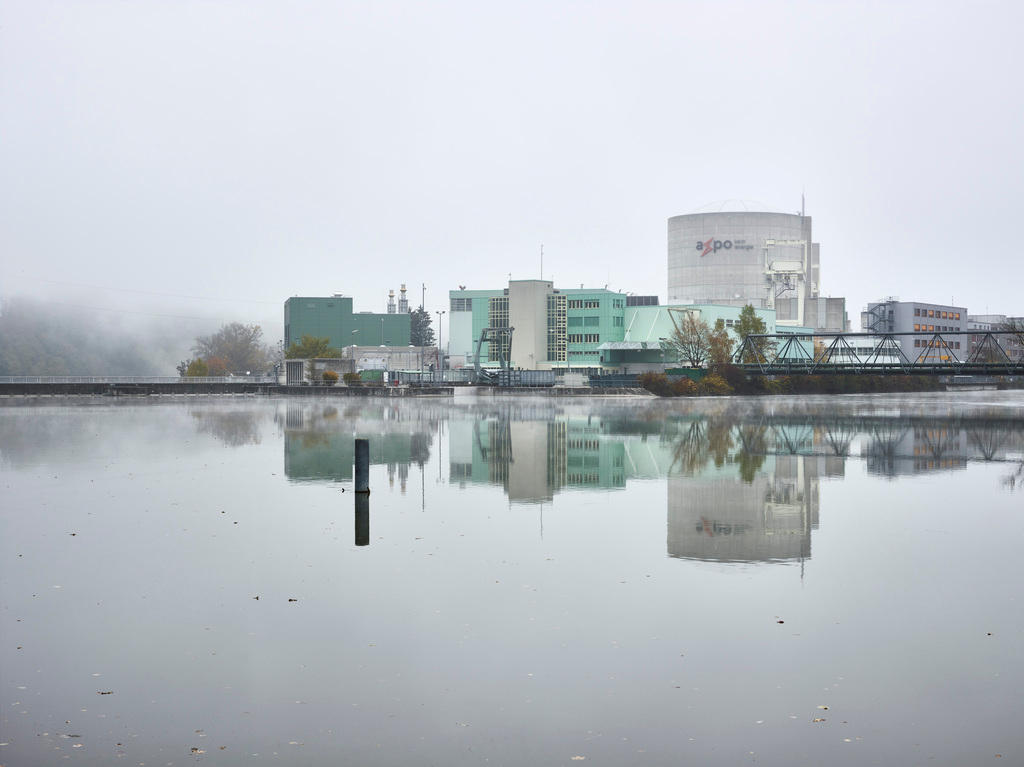
Whatever the outcome of Sunday’s vote in Switzerland to speed up the phasing out of nuclear power, the Swiss are bucking a trend. Globally, nuclear plants are proliferating.
After the Fukushima nuclear accident in 2011 Switzerland was one of the first countries to redirect its energy policy. In the same year, the government launched a new strategy looking ahead to 2050.
It called for nuclear energy production to be phased out, a substantial reduction in electricity consumption and the promotion of renewable sources. However, the first measures, approved only this September by parliament, do not include a date by which Switzerland’s five nuclear plants must be closed.
This Sunday, Swiss voters will decide on a Green party initiative which clearly sets a date when the country should stop producing nuclear energy.
The initiative calls for Swiss power plants – which supply on average 35% of the country’s electricity – to be shut down after no more than 45 years of operation. This would mean that the stations Beznau I and II (in canton Aargau) and Mühleberg (Bern) should shut down in 2017, Gösgen (Solothurn) in 2024 and Leibstadt (Aargau) in 2029.
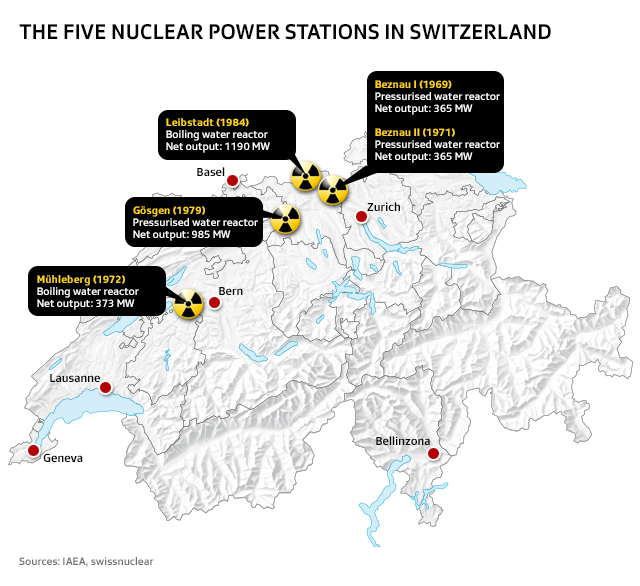
But up to now, despite Fukushima, and Chernobyl before it, only a few countries have completely closed the chapter on nuclear energy: Austria, Cuba and the Philippines. Italy, for its part closed the four reactors it had in operation in the 1980s and 1990s.
Kazakhstan deactivated an old Soviet reactor in 1999 but a project to build a new one is underway. Under pressure from the European Union, Lithuania closed its two plants – also relicts from the Soviet era – between 2004 and 2009.
Within a decade, it’s expected that Germany and Belgium will have shut down their reactors too.
Since the opening of the first nuclear power plant in the United States in 1951, 158 have been closed – either because they were experimental constructions or because they became too old and dangerous.
Despite all the closures, the International Atomic Energy Agency (IAEA) estimates that 450 reactors in 31 countries are in operation worldwide. They account for around 11% of global electricity consumption.
And according to the IAEA, the number of plants in operation is increasing. Over the past decade, 38 were closed and 49 went into operation for the first time.
This year, ten will begin producing energy while only one will be taken off line. And among the countries that do produce nuclear power, almost half of them want to expand the number of plants in operation. Sixty are currently being built.
In Switzerland, the cabinet and a majority of political parties in the centre and on the right of the political spectrum oppose the Green initiative being voted on this Sunday. They argue that shutting down the nuclear plants so soon will compromise Switzerland’s energy security, since it won’t be possible to replace the electricity they produce with renewable sources in such a short time. In order to meet domestic energy demand, the country will have to massively increase imports of electricity, risking an overload of the Swiss power grid.
In 2015, the Swiss nuclear plants provided 33.5% of electricity consumed in the country.
However, the proponents of the initiative say hydroelectric power and renewable sources could make up for the lost nuclear energy by 2029. Hydroelectricity already accounts for 65% of domestic production. In their eyes, it’s not a question of securing supply but guaranteeing the safety of the population.
Swiss nuclear facilities are located in densely populated regions and in case of an accident, a good part of the country could become inhabitable. Three of the five Swiss plants – Beznau I, Mühleberg and Beznau II – are among the oldest in the world.
| OLDEST REACTORS IN OPERATION (at December 2015) | |
| Switzerland – Beznau 1 | 1969 |
| United States – Nine Mile Point 1 | 1969 |
| United States – Point Beach 1 | 1970 |
| United States – Dresden 2 | 1970 |
| United States – Robinson 2 | 1970 |
| Switzerland – Mühleberg | 1971 |
| Switzerland – Beznau 2 | 1971 |
| Russia – Novovoronezh 3 | 1971 |
| Sweden – Oskarshamn 1 | 1971 |
| Canada – Pickering 1 | 1971 |
| Pakistan – Kanupp | 1971 |
| United States – Dresden 3 | 1971 |
| United States – Monticello | 1971 |
| United States – Palisades | 1971 |
| Source: IAEA |
Translated from Italian

In compliance with the JTI standards
More: SWI swissinfo.ch certified by the Journalism Trust Initiative

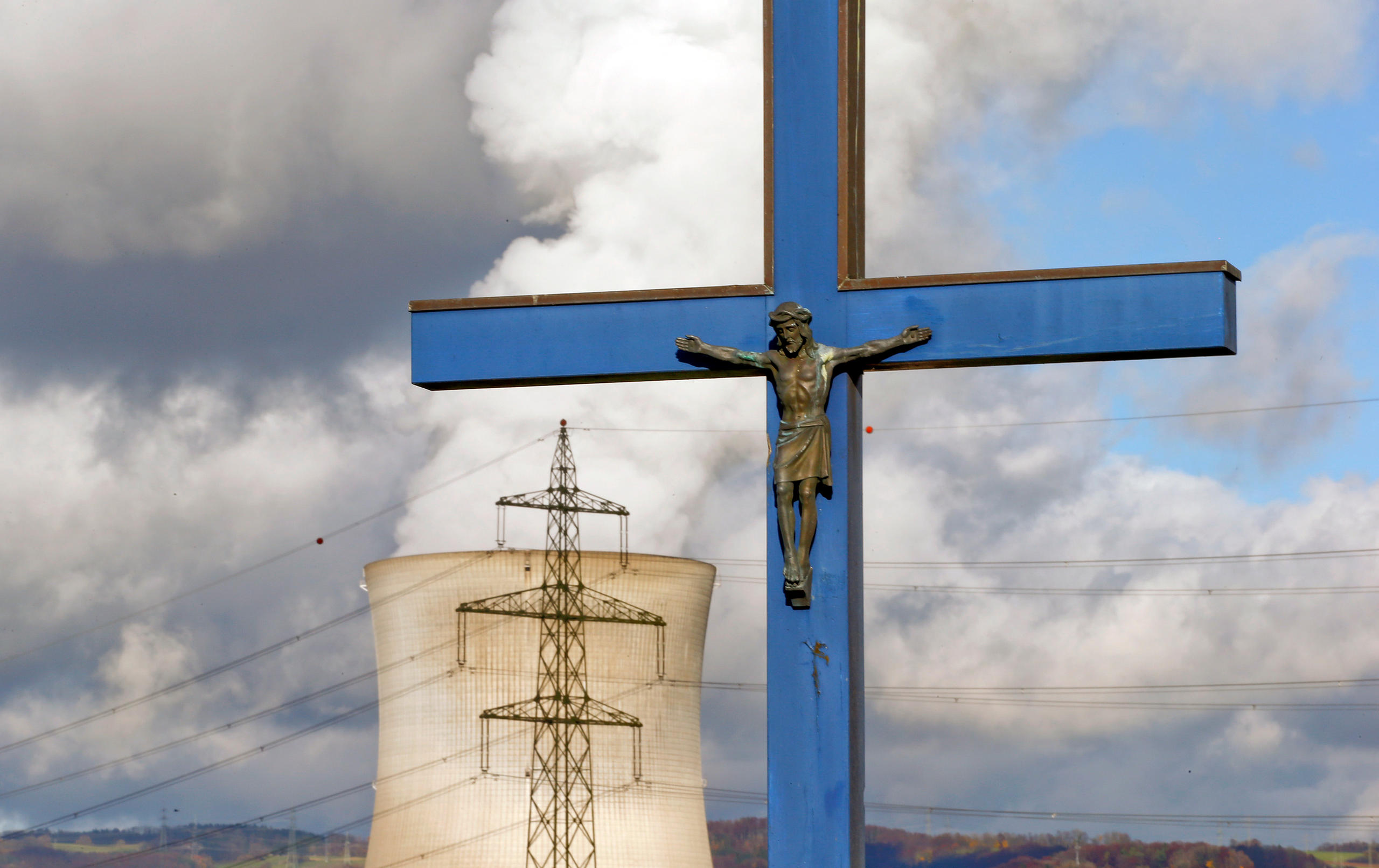
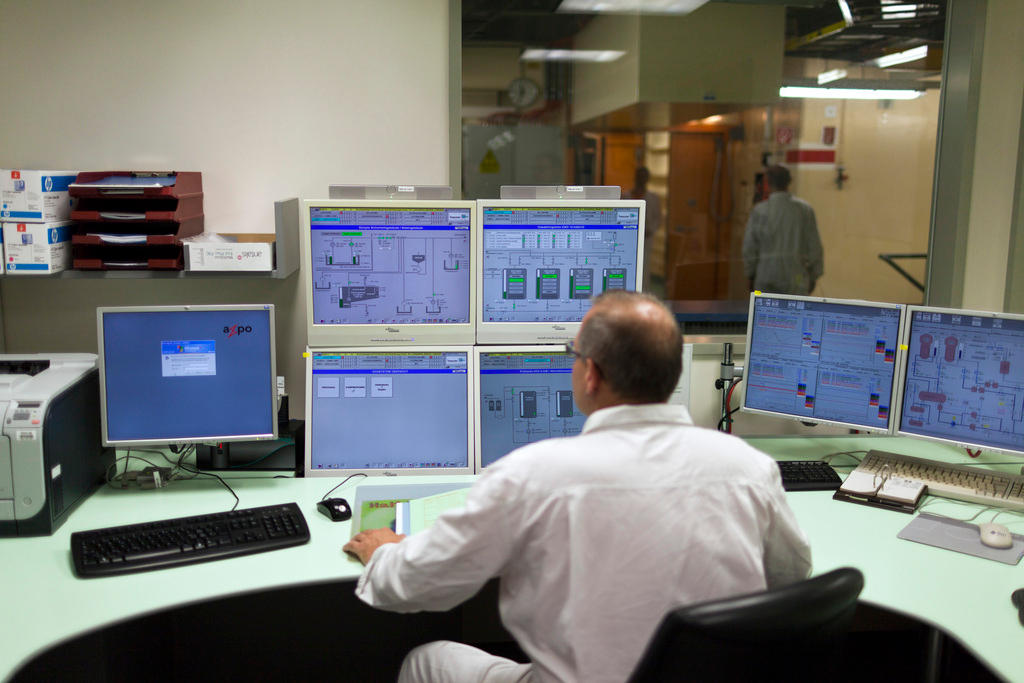
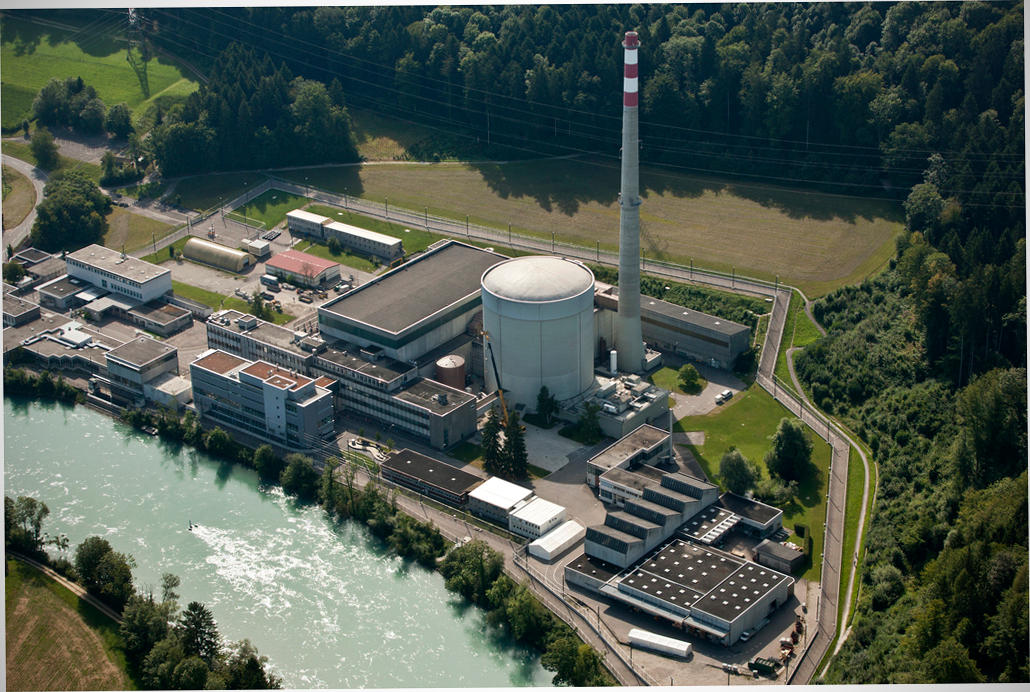
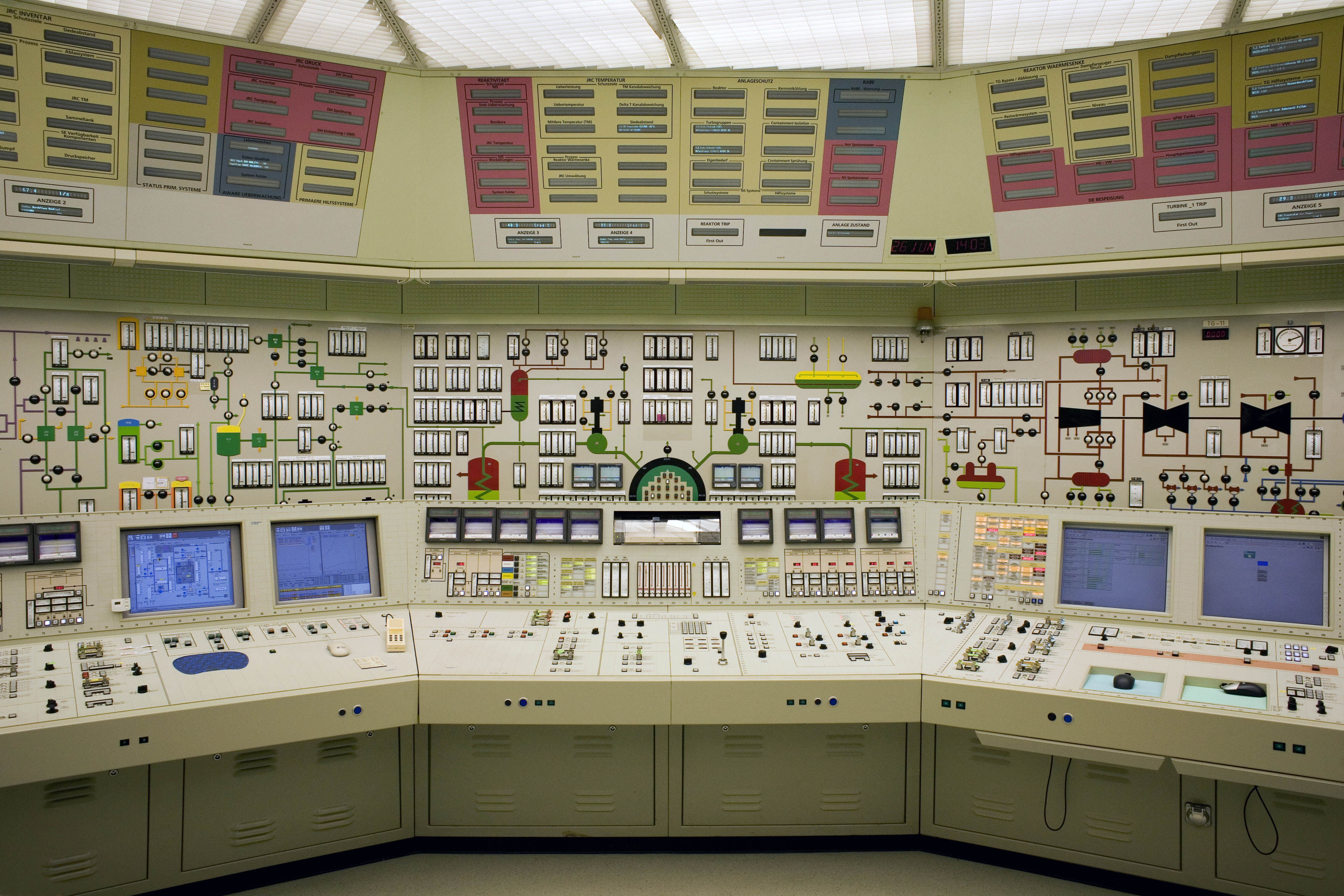
You can find an overview of ongoing debates with our journalists here. Please join us!
If you want to start a conversation about a topic raised in this article or want to report factual errors, email us at english@swissinfo.ch.